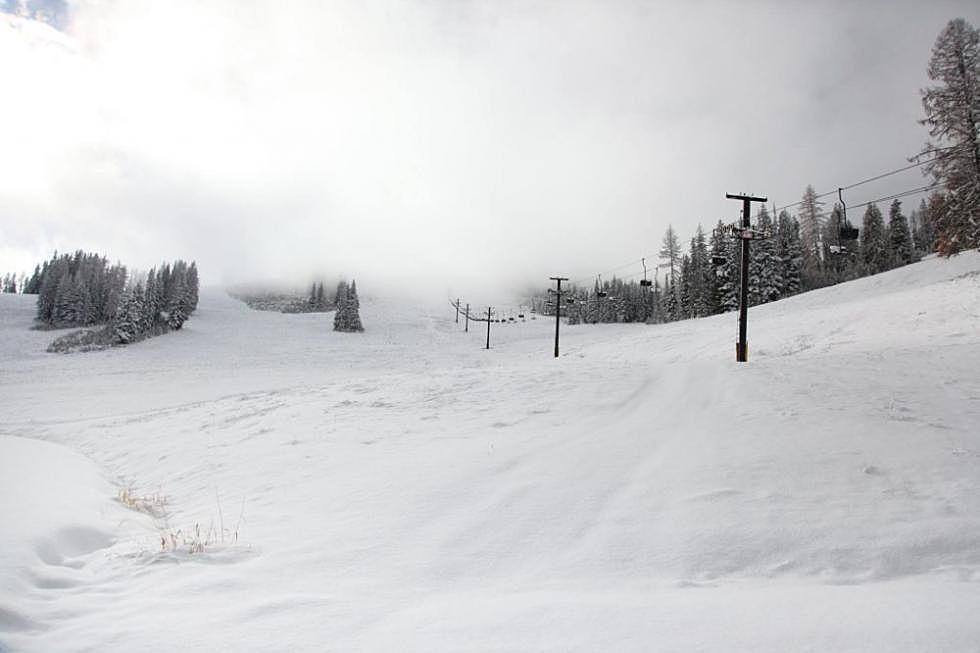
Warning issued for newly burned areas: unstable snowpack, falling snags
This is the West Central Montana Avalanche Center’s early season update for Thursday, Nov. 2.
As of 6:30 a.m. Thursday, mountain temperatures range from 23 degrees F to 33 degrees F in west-central Montana. Winds are 7 mph with gusts of 8 mph out of the south in the Bitterroot. At Point Six, in the northern part of the advisory area, winds are reading 4 mph with gusts of 8 mph out of the west-southwest.
The region picked up 4 to 10 new inches of snow in the last 24 hours. This storm is predicted to continue through the weekend with more snow and increasing winds. The backcountry weather forecast is now live on our weather page here is the link.
The primary avalanche problem is storm slabs. New snow will be reactive to human triggers. The second avalanche problem is wind slabs. Leeward terrain will have wind slabs.
Across western Montana, there are backcountry locations that experienced wildfires during the 2017 season. Temporary emergency trail closures remain in effect for the Lolo Peak (from the Mormon Ridge trailhead), Mill Creek and the Lantern Ridge trails.
These burned areas, while sometimes opening up new skiable terrain, may also present hazards for backcountry skiers. Trees burned may have weakened or completely burned root systems. They could fall without warning – even in no wind conditions. Trees and other vegetation that may have anchored snow on steeper slopes in past years may now be completely burned. Downed trees from a fire can create unseen hazards on shallow snowpacks.
As always, be observant of conditions – not just the snowpack, but also what is above the snow when moving through a recently burned area, especially in strong and gusty winds.
In past years, there have been many early season close calls and fatalities in Montana involving skiers, hunters, and climbers. Make sure you have avalanche rescue gear (shovel, beacon, and probe). Hunters tend to travel solo without avalanche rescue equipment, and avalanches are most likely the last thing they are thinking of as they follow elk tracks across steep, open terrain.
If you see any of these obvious clues (listed below) signaling dangerous snow conditions, avoid being on or under open slopes steeper than 30 degrees.
- Recent avalanche activity
- Cracking or collapsing snowpack
- Heavy snowfall
- High winds
- Rapid increase in temperature
If you spend any amount of time in the mountains in the winter, chances are good that you will encounter avalanche terrain. Having basic awareness of terrain, weather and snow factors goes a long way toward making good decisions in avalanche terrain. To assist you, we are offering several basic and advanced avalanche awareness classes this winter. We also have instructors available to provide your organization a range of programs from introductory lectures to classes with a field component.
Any information you can provide and send the WCMAC is appreciated and helps us inform the rest of the community about avalanche safety conditions. Please send a quick email to info@missoulaavalanche.org or complete the form here public observation.
We will update the advisory as the weather dictates and plan to begin issuing regular avalanche advisories with a danger rating in mid-December.
Travis Craft is a forecaster with the West Central Montana Avalanche Center.
